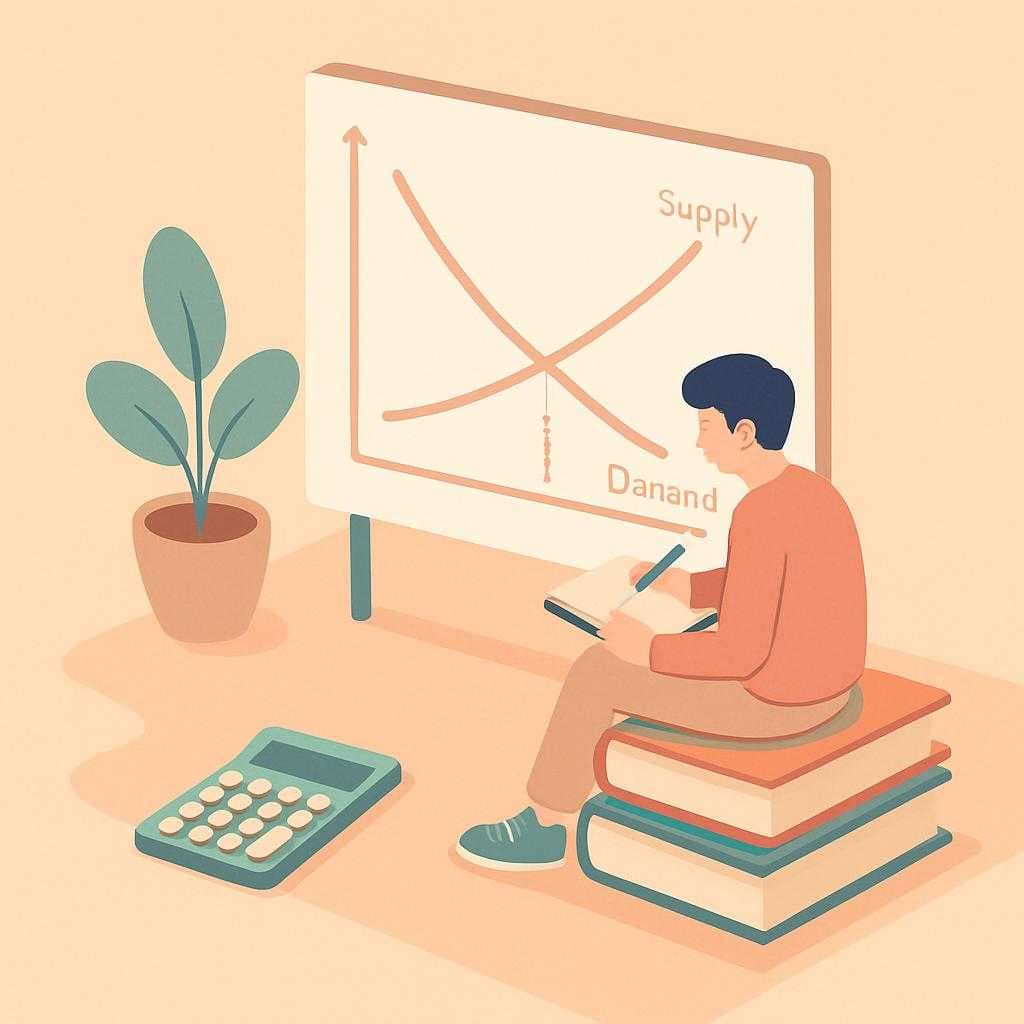Mastering the Art of Economic Graphs: A GCSE Student’s Guide
Summary: Discover how to ace GCSE Economics by mastering the art of economic graphs. Learn essential tips to impress examiners from AQA, Edexcel, and OCR with your graphical prowess.
Graphs are a crucial component of GCSE Economics, offering a visual representation of economic concepts that can significantly boost your exam success. Whether you're studying with AQA, Edexcel, or OCR, mastering the art of economic graphs will give you an edge in your exams. Here's how you can enhance your understanding and presentation of these vital tools.
Understanding the Importance of Graphs in GCSE Economics
Economic graphs are not just about drawing lines and curves; they are about conveying complex ideas in a simplified manner. In GCSE Economics, graphs such as supply and demand curves, production possibility frontiers, and cost curves are frequently used to illustrate key concepts. These visual tools help you understand and explain the interactions within an economy, making them indispensable for your exams.
Tips for Mastering Economic Graphs
1. Know Your Basics
The foundation of any good graph is understanding the basic elements. Ensure you are proficient in plotting axes, labeling them correctly, and using appropriate scales. This attention to detail is crucial as examiners from AQA, Edexcel, and OCR will be looking for precision and clarity.
2. Practice Makes Perfect
Regular practice is essential. Try drawing graphs from past papers and textbook exercises. This will not only improve your drawing skills but also reinforce your understanding of the concepts each graph represents.
3. Understand the Theories Behind the Graphs
Graphs are only as good as your understanding of the theories they represent. Take time to study the economic principles behind each graph. For instance, know what shifts a supply curve or how to explain movements along a demand curve.
4. Annotate for Clarity
Annotations can make a significant difference. Clearly label all parts of your graph and include brief notes explaining key points or changes. This will help you communicate your understanding effectively to the examiner.
5. Use Graphs to Support Your Arguments
In essay questions, use graphs to support your points. A well-drawn graph that complements your written argument can impress examiners and potentially earn you higher marks.
Final Thoughts
Mastering economic graphs can seem daunting, but with consistent practice and a strong grasp of economic concepts, you'll find yourself excelling in this area. Remember, whether you're taking exams with AQA, Edexcel, or OCR, clear and accurate graphs can significantly enhance your answers. So, sharpen those pencils, get practicing, and take your GCSE Economics studies to the next level!
